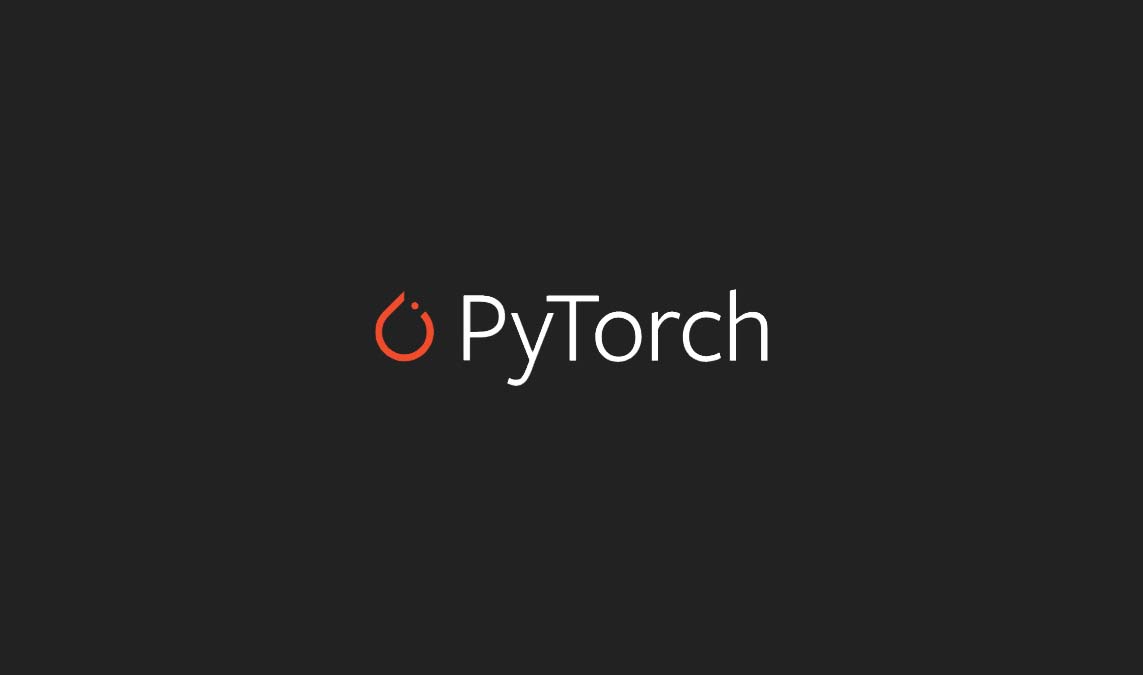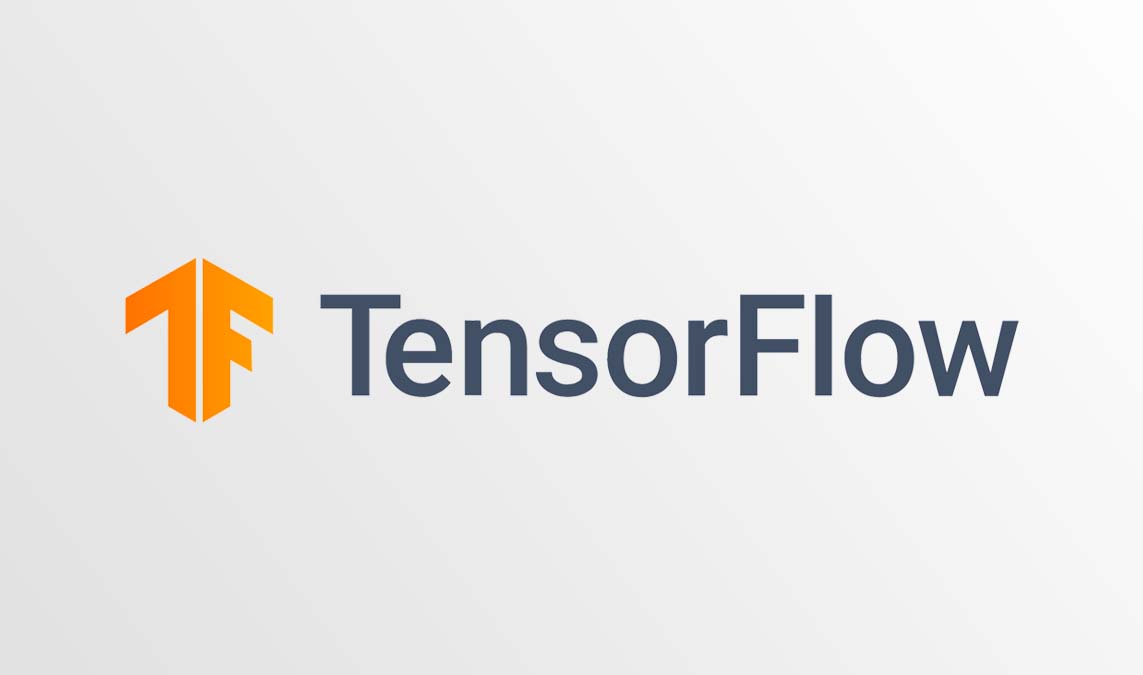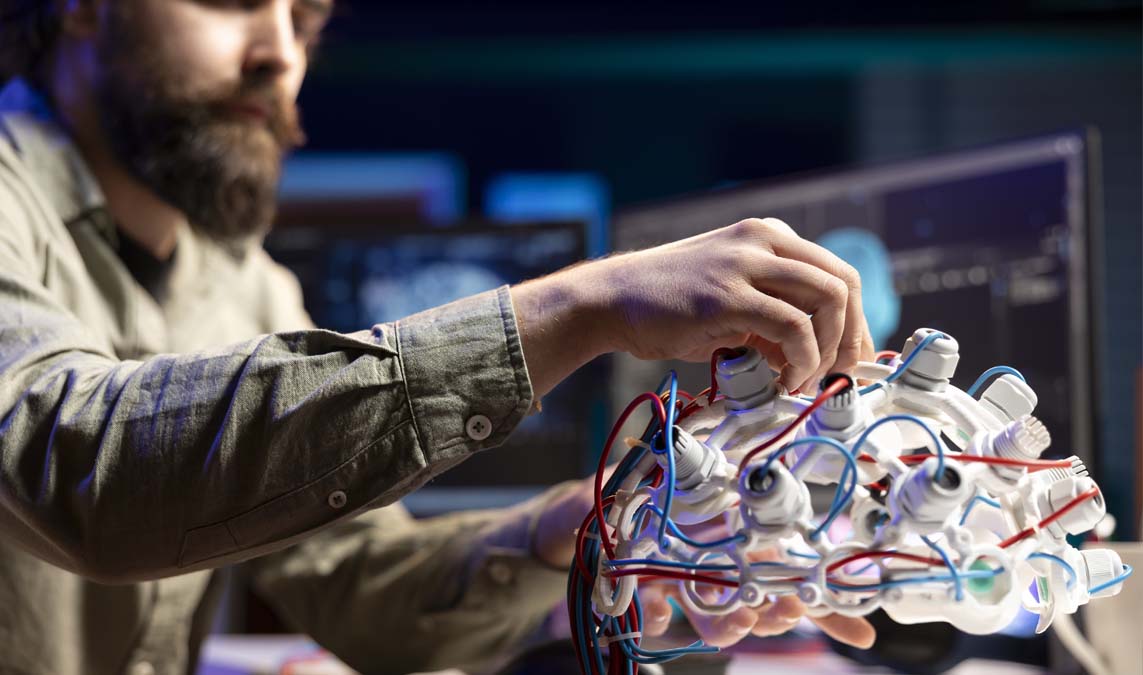With the rise of generative AI tools like ChatGPT, Jasper, and Copy.ai, the internet is now flooded with machine-generated content. While these tools have proven useful for marketers, bloggers, and businesses, they also bring challenges. One of the most pressing issues is distinguishing between human-written and AI-generated content. This is where an AI writing detector becomes indispensable.
What is an AI Writing Detector?
An AI writing detector is a tool designed to analyze text and determine whether it was created by a human or generated by artificial intelligence. These detectors use natural language processing (NLP), machine learning, and pattern recognition to evaluate sentence structure, word choice, tone, and consistency.
Popular platforms such as GPTZero, Copyleaks, and Originality.ai offer AI writing detector features that are increasingly being adopted in academic, marketing, and publishing industries.
Why You Need an AI Writing Detector
Using an AI writing detector isn’t just about catching AI-generated work—it’s about maintaining authenticity. Let’s look at the major benefits:
1. Content Authenticity
In SEO, originality is everything. Search engines prioritize unique, human-like content. By using an AI writing detector, content creators can ensure their material maintains a natural tone, which is critical for ranking well.
2. Plagiarism Prevention
Although AI tools generate original combinations of words, the risk of unintentional plagiarism remains. An AI writing detector, often paired with plagiarism checks, helps mitigate this risk and maintains the integrity of the content.
3. Educational Fairness
In academia, AI writing detectors ensure that students submit genuine work. With the widespread use of AI-generated essays, universities and schools are turning to these tools to uphold academic standards.
4. Brand Trust
Businesses that rely too heavily on AI-generated content may lose their audience’s trust. Readers can often tell when content lacks a human touch. An AI writing detector helps brands maintain a consistent, authentic voice.
How AI Writing Detectors Work
Though each platform operates differently, most AI writing detectors share common methodologies:
Linguistic Fingerprinting: AI-generated texts often have predictable structures or phrasing. Detectors analyze patterns to identify these signatures.
Burstiness and Perplexity: Burstiness refers to sentence variation, while perplexity gauges how predictable a text is. Human writing tends to vary more, while AI content often stays consistent.
Statistical Modeling: Detectors compare the given text against large datasets of both AI and human-written samples to determine the likelihood of AI authorship.
Top AI Writing Detector Tools in 2025
Choosing the right AI writing detector can make a huge difference. Here are some top-performing tools:
Designed for professional writers, agencies, and web publishers, Originality.ai checks both plagiarism and AI authorship. It integrates easily with Google Docs and WordPress.
Created specifically for educational institutions, GPTZero analyzes academic writing for AI involvement. It gives clear indicators like “completely human,” “mostly AI,” or “mixed.”
This free tool is ideal for marketers and bloggers. It provides a simple interface with immediate results and tips to humanize AI-generated content.
Capable of detecting GPT-4, Bard, and other AI-generated content, Copyleaks offers API integration for large-scale content operations.

Challenges and Limitations
Even though AI writing detectors are powerful, they are not flawless. Some tools may produce false positives or negatives, especially when dealing with edited or hybrid content. Moreover, advanced AI models are improving at mimicking human nuance, making detection increasingly difficult.
Still, these tools offer valuable insight and serve as an extra layer of quality assurance. When used correctly, they significantly reduce the risks associated with AI-generated material.
How to Use AI Writing Detectors Effectively
To get the most out of an AI writing detector:
Run drafts through detectors before publishing
Combine results with plagiarism and grammar checks
Use results to guide human editing and refinement
Train your writing team to recognize and avoid over-reliance on AI tools
Additionally, it helps to understand that these tools should support, not replace, human review.
The Future of AI Content and Detection
As AI continues to evolve, so will the methods used to detect it. Developers are already building AI that mimics human quirks—such as minor grammar mistakes or uneven sentence flow—to bypass detection systems. In response, detectors are becoming more sophisticated, using deeper neural analysis and adaptive algorithms.
Furthermore, expect to see AI writing detector integration in major CMS platforms, email tools, and document editors in the near future.
Final Thoughts
In a digital environment where speed and scalability often lead to the temptation of fully automated content, staying vigilant about content authenticity is crucial. An AI writing detector not only helps maintain originality but also reinforces trust with readers, educators, and search engines alike.
As we move forward in this AI-driven era, embracing responsible content creation and leveraging detection tools will be vital for long-term success.







